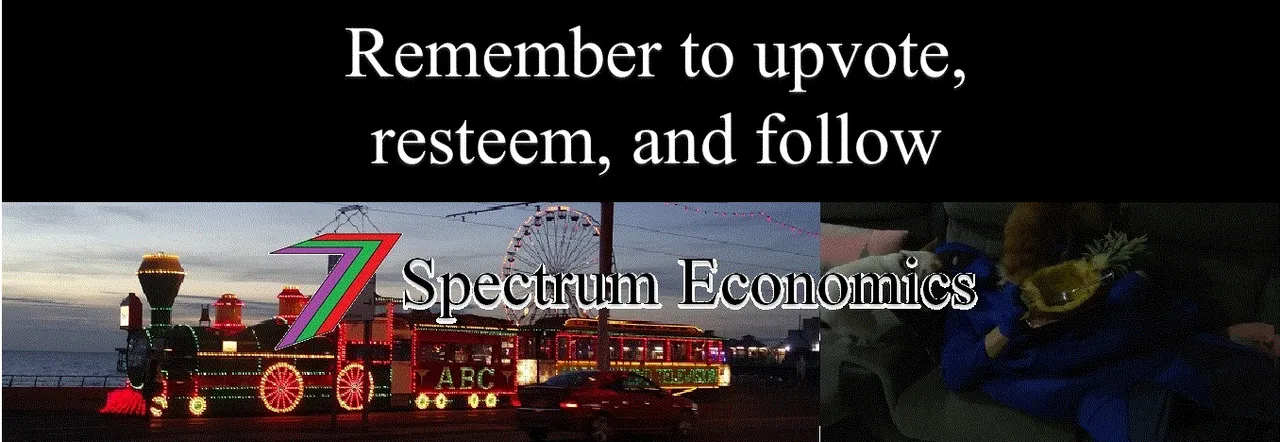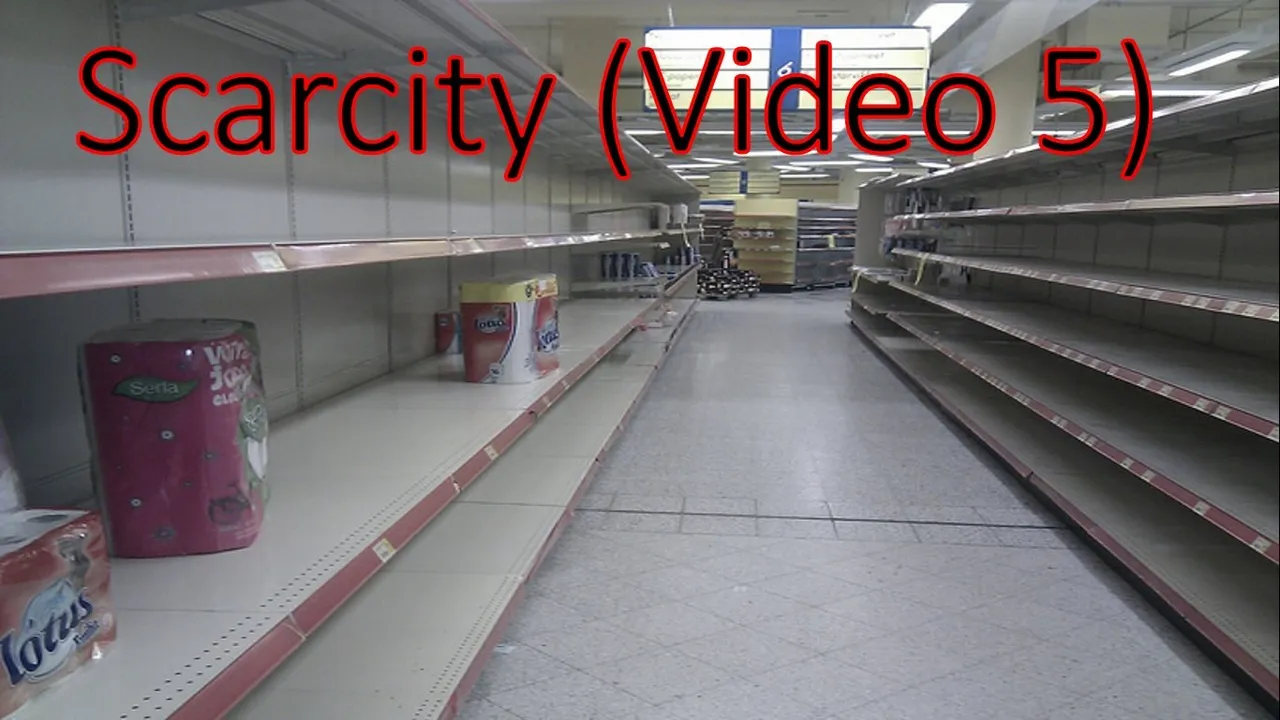
This video is Part 5, the final part, of a 5 part series which explores the economic concept ‘scarcity’. Part 5 summarises scarcity and the question ‘Does scarcity exist?’ based on the information presented in the first 4 parts of the series. The video then investigates approaches to handle and eventually resolve any problems caused by scarcity.
Does scarcity actually exist?
Evidence suggests that scarcity should not exist. If people switch to plant-based diets, the land requirements for food falls to approximately 1/18 of typical omnivore diets. Even without a plant-based diet, there is massive wastage of food and the world obesity rate is increasing. This an indication that a scarcity of food should not exist. But scarcity of food does exist. There are many starving people in the world, approximately 1 in 7 people do not have sufficient food to live a healthy life.
Technology has improved efficiency of labour in manufacturing industries by three-fold since the 1990s. Yet the average weekly hours per family has increased slightly since the 1990s and dramatically since the 1950s (Ellen McGrattan 2008). In the 1930s, John Keynes (famous economist) predicted that people would only need to work a maximum of 15 hours a week. Productivity gains from technology are being almost entirely absorbed by those that own factors of production.
Entrepreneurship can thrive in countries with limited barriers to entry. Unfortunately, the current trend is less small businesses and more mega-corporations. This has resulted in hoarding of wealth by those that own this mega-corporations, while those employed by them only get a small share of the revenue.
The video concludes that scarcity exists, but this scarcity is contrived scarcity. This scarcity exists to benefit the few, while the majority suffer.
How do we eliminate contrived scarcity?
The video proposes several steps to reduce contrived scarcity. These steps are as follows:
- Acquire information and knowledge.
- Share that information and knowledge through any means possible.
- Become an activist.
- Do not conform to the system, the social norms. Follow what you believe in.
- Be patience and persistent, don’t give up. Change takes time.
Once critical mass has been obtained (sufficient people understand how contrived scarcity works and are willing to do something about it) the world will start to change. Large corporations can no longer make profits from exploitation, if people are not buying their products. Governments will lose power, if people no longer submit to them.
The video also explains that the existing establishment will not go down without a fight. We must be prepared for them to make life difficult. We must be prepared for economic crashes, terrorist attacks, and new laws reducing our freedoms.
I hope you enjoyed this video series. Below are links to the other videos in the series as well as links to more detailed write-ups regarding scarcity.
Other sources of information
Part 1 of this series can be accessed using the following link:
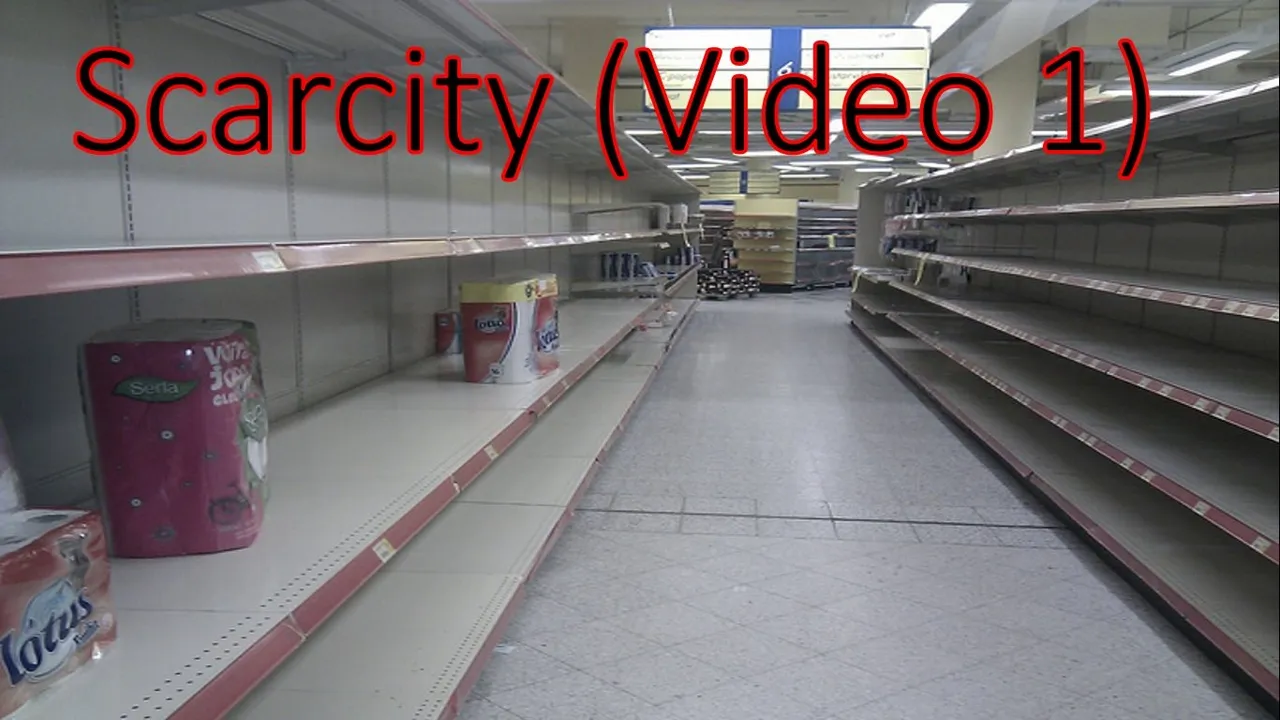
Part 2 of this series can be accessed using the following link:
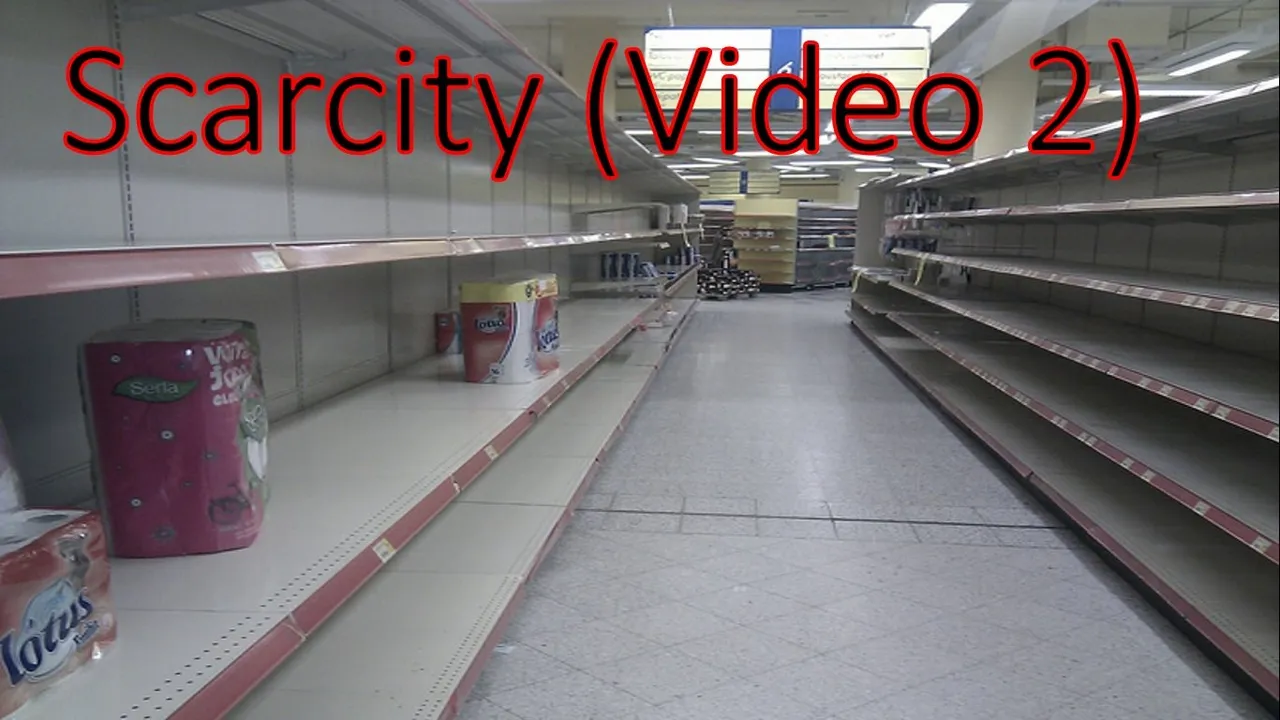
Part 3 of this series can be accessed using the following link:
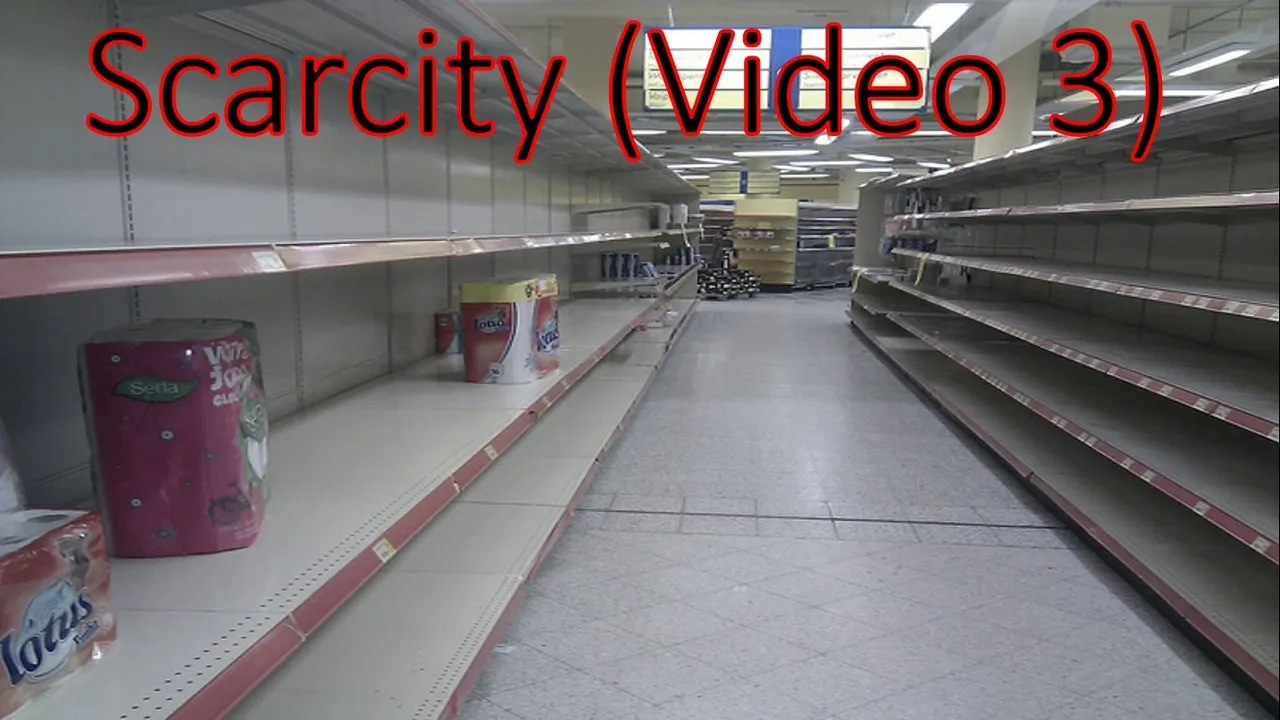
Part 4 of this series can be accessed using the following link:
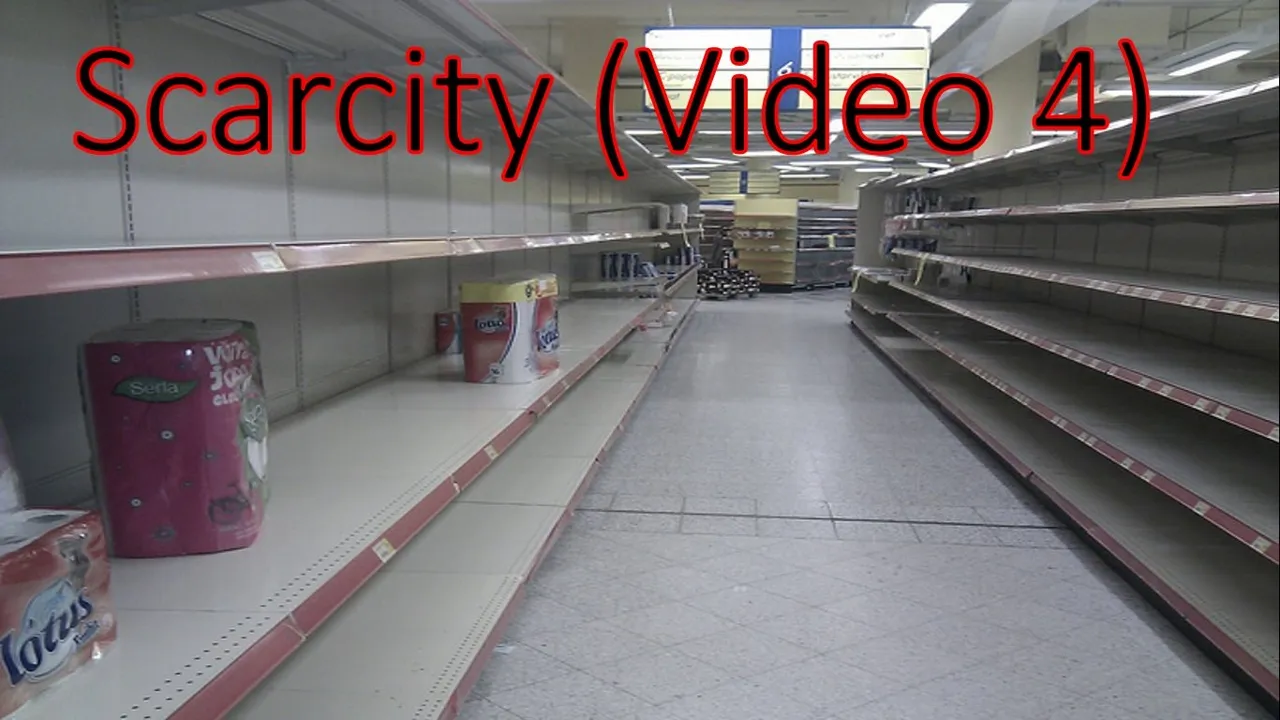
This 5 part series is the video version of the original 5 part series which can be accessed using the following links:
Scarcity Part 1 – Defining Scarcity

Scarcity Part 2 – Natural or Contrived

Scarcity Part 3 – Meat and Dairy Land Use




